This post was originally published on Sustainability Times
Source: Sustainability Times
| IN A NUTSHELL |
|
At the bottom of the world’s oceans lie remnants of history that pose a pressing threat to our future. More than 8,500 shipwrecks from the two world wars are submerged, containing an estimated 6 billion gallons of oil, along with toxic heavy metals and even chemical weapons. For decades, these wrecks have been largely forgotten, their structures slowly degrading and increasing the risk of a sudden release of toxic substances into the marine environment. With climate change accelerating the breakdown of these wrecks through rising ocean temperatures and acidification, it’s crucial to address this looming environmental catastrophe.
The Hidden Dangers Beneath
Shipwrecks from the world wars are not just historic remnants; they are ticking time bombs with the potential to unleash environmental disasters. These wrecks contain vast amounts of oil and hazardous materials, posing a significant threat to marine life and coastal communities. The degradation of these shipwrecks over time increases the risk of catastrophic spills. With the ocean’s delicate ecosystem at stake, immediate action is necessary to mitigate potential environmental damage.
As the wrecks deteriorate, they threaten to release their toxic contents, impacting not just marine biodiversity but also the livelihoods of people who depend on the ocean. The cost of addressing this global issue is staggering, estimated at $340 billion, highlighting the urgent need for a coordinated international response. Leaving these dangers unaddressed is not an option; the risks are too great, and the consequences too severe.
Scientists create heat-resistant super corals that could save entire marine ecosystems from collapse
Mapping the Problem
Understanding the scale of the problem is the first step toward finding a solution. While researchers have worked tirelessly to map the ocean’s depths, only about 23 percent of the world’s oceans have been described and mapped in detail. This lack of detailed mapping complicates efforts to locate and assess the condition of shipwrecks. The Seabed 2030 project aims to improve this by achieving a universal resolution of 100x100m, providing transformative insights into the ocean floor.
Despite these efforts, many wrecks remain elusive, especially in shallower coastal waters where they pose the greatest threat. Historical records, like those held by Lloyd’s Register Foundation, are invaluable in identifying the locations of these wrecks. However, inaccuracies in these records mean that many wrecks are still misattributed or mislocated. To address this, there is a need for advanced technologies and collaborative approaches to enhance our understanding and management of these maritime hazards.
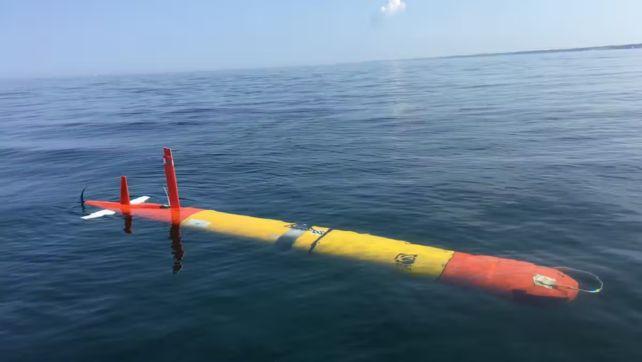
“As old as dinosaurs”: this massive mammoth tusk unearthed in Texas rewrites history
A Race Against Time
The urgency to address the threat posed by shipwrecks cannot be overstated. With the ocean becoming increasingly busy with fishing and the development of offshore energy installations, the risk of disturbing these wreck sites is greater than ever. This poses a significant challenge, as the responsibility for these wrecks is often unclear, with many lying in international waters or off the shores of countries uninvolved in their original ownership.
Legal complexities, such as sovereign immunity, further complicate the issue, leaving many shipwrecks without a clear path to remediation. The need for an interdisciplinary approach is evident, bringing together experts from various fields to develop solutions. Advances in technology, such as Autonomous Underwater Vehicles (AUVs), offer promising tools for surveying wrecks and assessing their conditions. However, without a robust regulatory framework and international cooperation, these efforts may fall short.
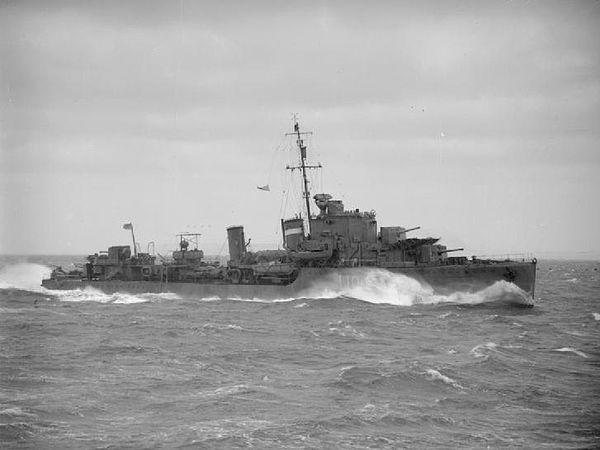
“Unseen heroes in a petri dish”: these new viruses massively combat climate change now
Innovative Solutions and Global Cooperation
To tackle the monumental task of addressing shipwrecks, innovation and collaboration are key. AUVs provide a cost-effective and environmentally friendly way to gather high-resolution data on wrecks, helping to identify those that pose the greatest threat. Coupled with archival research and data sharing, these technologies can significantly enhance our understanding of the risks and inform targeted interventions.
Project Tangaroa represents a global partnership aimed at developing the necessary framework to address the challenges posed by shipwrecks. This initiative seeks to establish technical standards for remediation and secure the political will and financing needed to make significant progress. By sharing data and ideas, we can work towards a future where shipwrecks no longer threaten our oceans and coastal communities.
The hidden dangers of shipwrecks are a pressing issue that demands immediate attention. The environmental and safety risks they pose are significant, and the cost of inaction is too high. As we work towards solutions, the question remains: How can we ensure that the lessons learned from this challenge lead to a more sustainable and secure future for our oceans?
The post “Silent killers in the deep”: these massive shipwrecks threaten our oceans with an unprecedented ecological disaster appeared first on Sustainability Times.

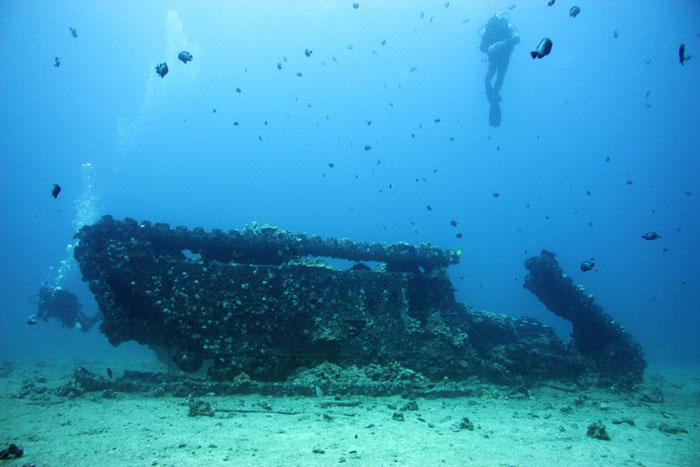
 Over 8,500 shipwrecks from the world wars pose a threat to marine ecosystems with millions of gallons of oil and hazardous materials.
Over 8,500 shipwrecks from the world wars pose a threat to marine ecosystems with millions of gallons of oil and hazardous materials. Only 23% of the world’s oceans are mapped in detail, complicating efforts to locate and assess the condition of these dangerous shipwrecks.
Only 23% of the world’s oceans are mapped in detail, complicating efforts to locate and assess the condition of these dangerous shipwrecks. Advances like Autonomous Underwater Vehicles (AUVs) offer innovative solutions for surveying wrecks and collecting critical data.
Advances like Autonomous Underwater Vehicles (AUVs) offer innovative solutions for surveying wrecks and collecting critical data. Global cooperation through initiatives like Project Tangaroa is essential to develop frameworks for remediation and ensure ocean safety.
Global cooperation through initiatives like Project Tangaroa is essential to develop frameworks for remediation and ensure ocean safety.
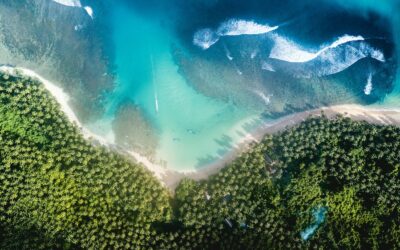
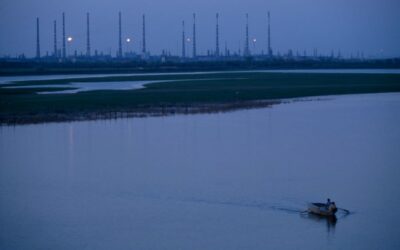
0 Comments